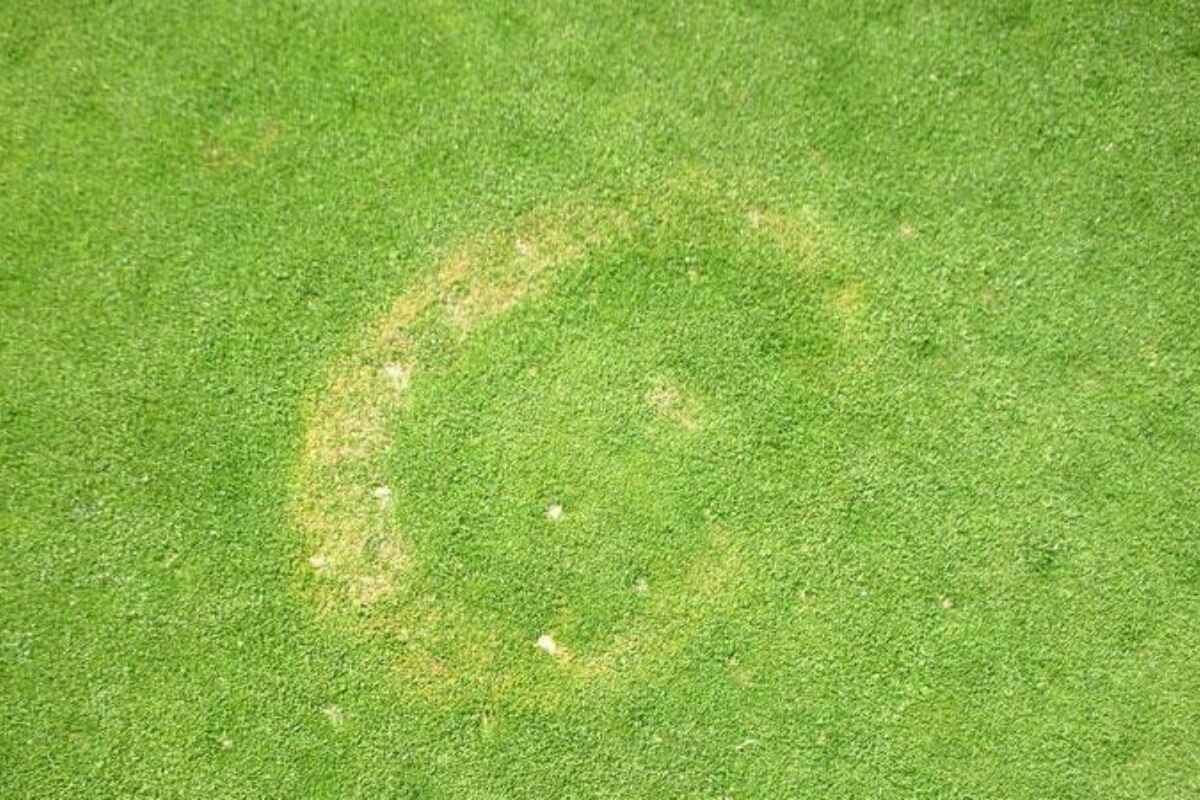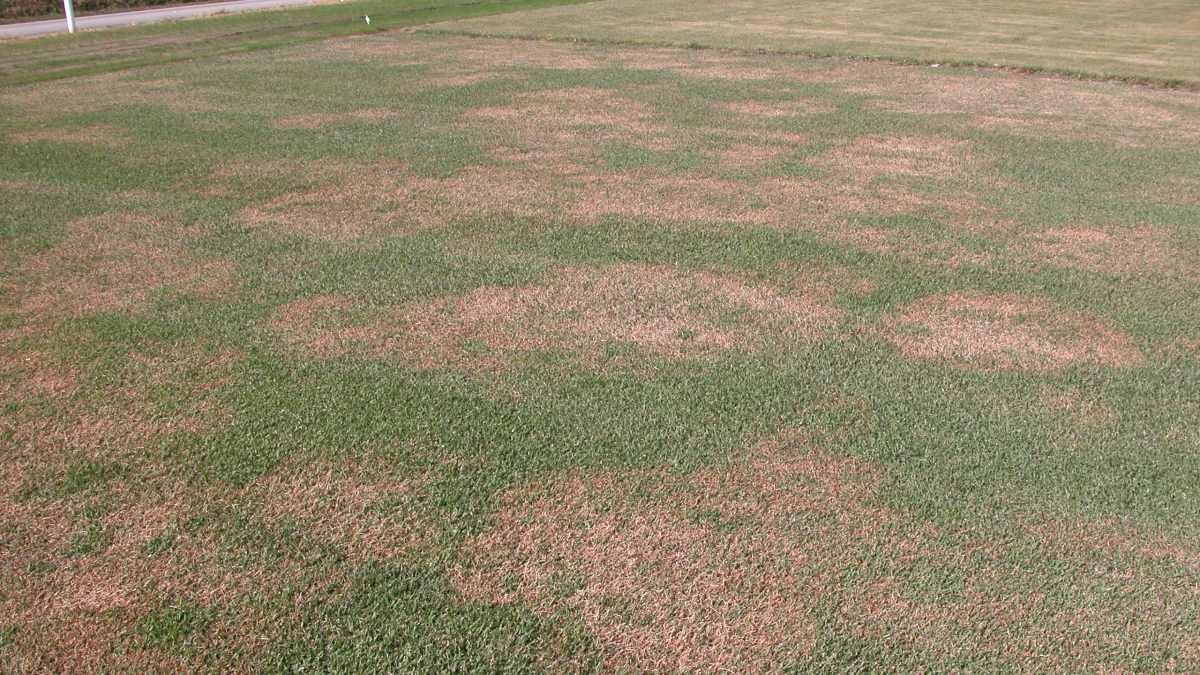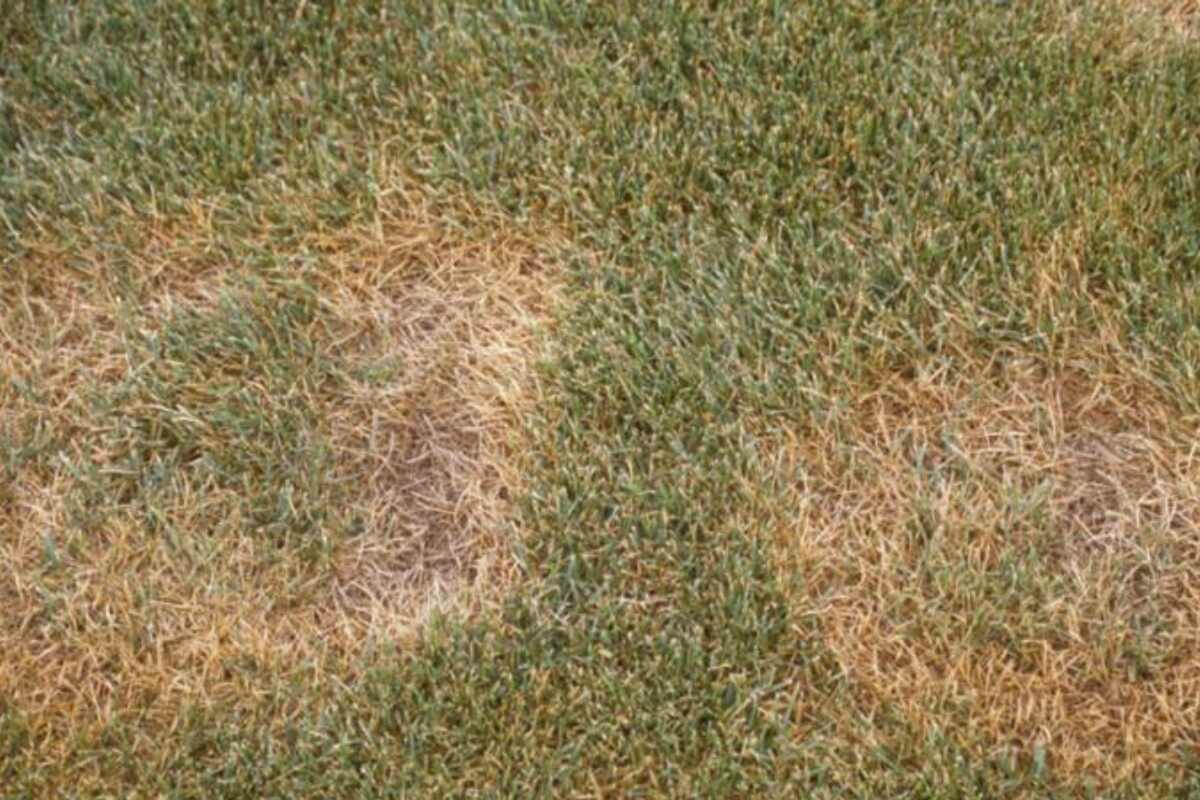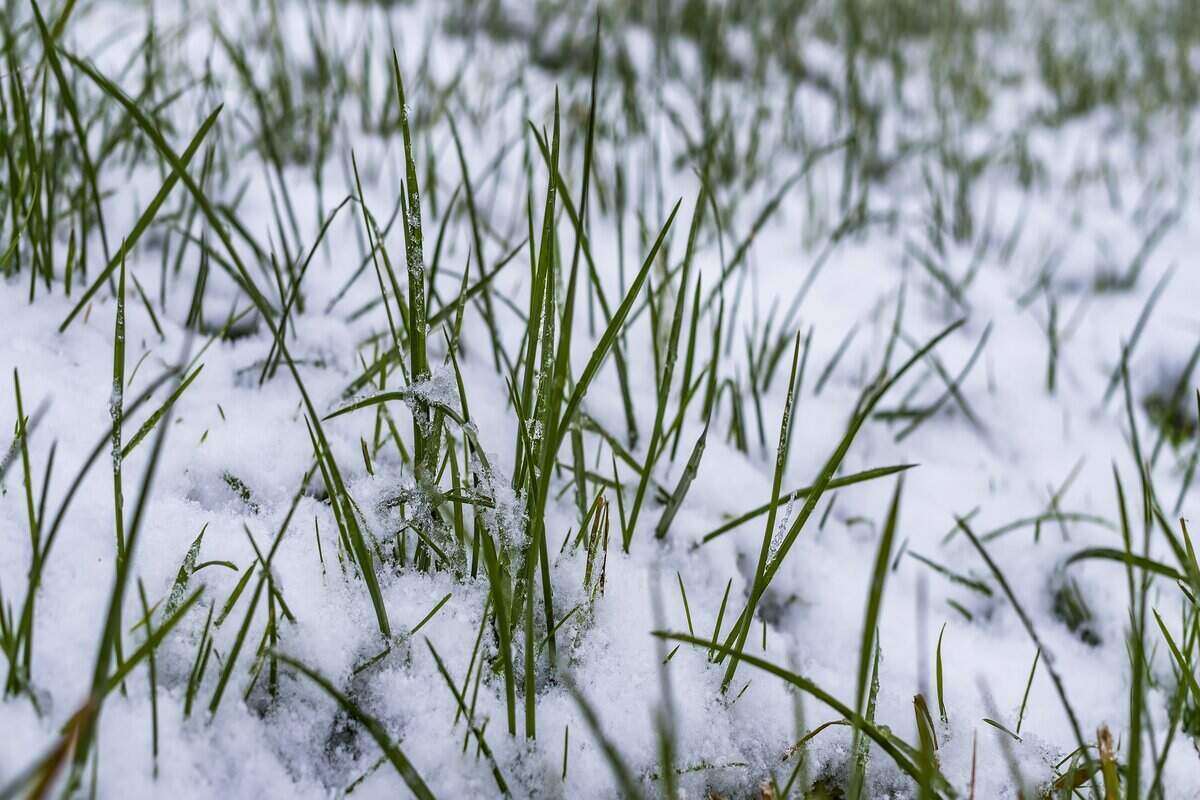
Once spring’s soft warmth sets in, it’s time for lawn care season. If you want to know how to repair winter’s damage to your lawn, begin with a gentle rake, aerate compacted areas, choose good grass seed mix and patch the bare spots where winterkill hit most severely.
What is winterkill? When winter damage is irreversible and the grass dies. Depending on the lawn’s health and the winter conditions (snow, ice, dry wind, and freezing temperatures), winterkill can affect the grass in small areas around the lawn or damage the entire yard.
What Causes Winter Lawn Damage
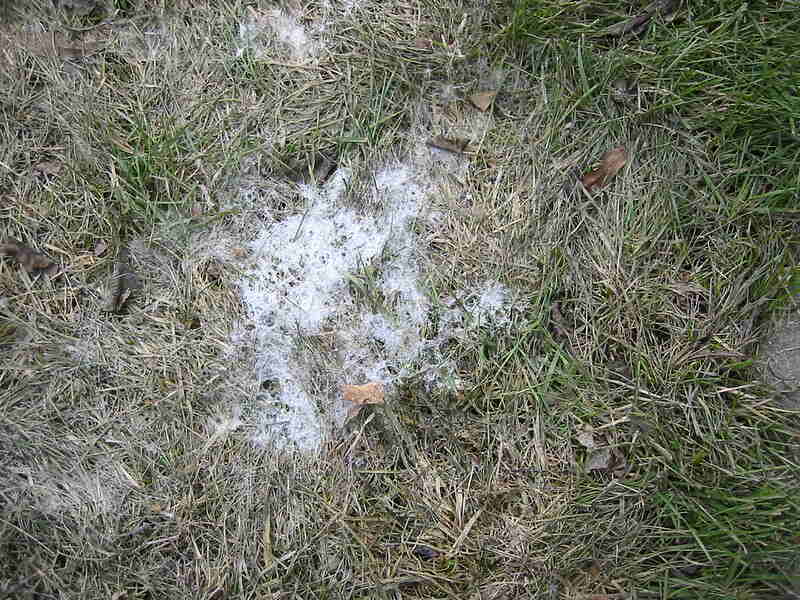
Those sad, brown patches and bald spots that spread on your lawn come spring are signs of winter damage and can be caused by:
- Crown hydration: Grass absorbs excess water during warm spells and stores it in the crown (where roots and leaves grow from). At the next freeze, the water turns into ice crystals and ruptures the crown, killing the grass.
- Anoxia or ice encasement: When a dense ice layer covers the grass for an extended period, it traps toxic gases that kill the plants.
- Winter desiccation: Dry winds and days with intense sunlight can severely dehydrate the grass during the winter. Frozen soil prevents the plants from replacing lost water, and turfgrass dries out.
- Direct low-temperature kill: Low temperatures can kill the grass when the cold arrives before the grass has time to harden for the winter.
- Snow mold: This winter fungal disease enjoys moisture and attacks turfgrass under prolonged snow cover.
- Voles: Small rodents hide underneath the snow blanket and munch on the dormant grass.
- Rock salt: Used for de-icing streets and driveways, it can turn the soil toxic if it reaches it in large amounts. Soil rich in salt doesn’t allow grass to absorb water, and the turf dries out.
How to Repair Winter Damage
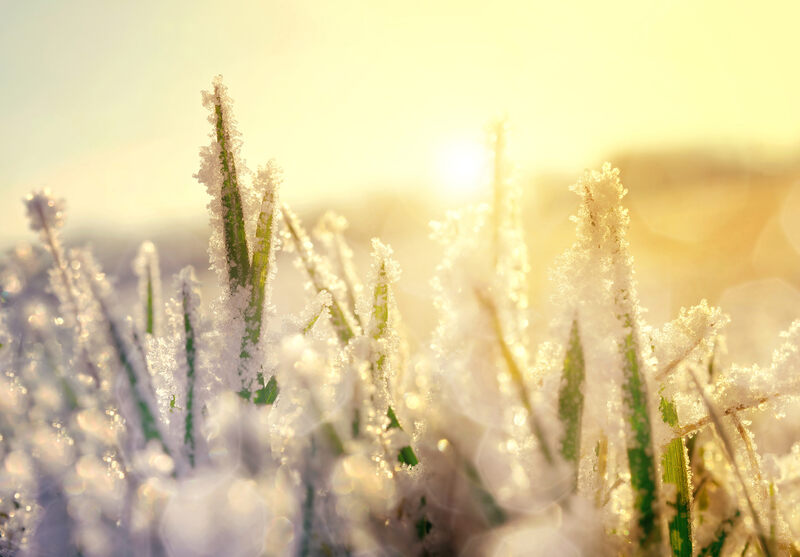
When to Start Winter Damage Repairs (and the Exception)
Don’t rush the first lawn care treatments on your lawn. Foot traffic and heavy equipment can hurt the plants. After the harsh winter, your grass is more sensitive to mechanical stress.
Look for these signs before starting winter grass damage repairs:
- Well-drained soil and completely thawed grass
- No muddy areas on your lawn
- Average temperatures over 40 degrees Fahrenheit in the forecast
- Green grass that is actively growing
The exception: Patches of matted, discolored grass where snow piles just melted are a sign of snow mold. Take a rake and fluff up the grass as soon as you can. This helps dry the moisture and kill the fungi faster.
Remove Debris and Aerate the Lawn
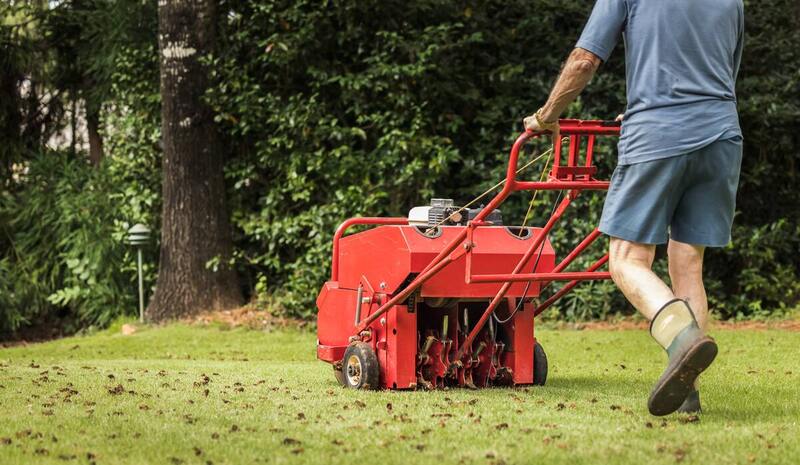
Gently rake the debris from your lawn. Remove the dead grass and fallen leaves and comb the thatch layer. This simple task releases moisture from the soil, decreases the risk of fungal diseases, and allows sunlight to warm the new growth.
Are there any weeds in sight? Pull them out without mercy.
Aerate the lawn if it shows signs of compacted soil. How to tell? Do the screwdriver test. Take a screwdriver and try to stick it into the soil. If it is tough going, the soil is compacted and needs core aeration.
Assess Winter Damage
With a clean lawn, healthy grass and areas with winter injury are easier to spot. Look for damage signs such as:
- Areas where the grass looks thinned
- Patches with yellow or brown grass
- Bare spots you need to repair or renovate
- Matted, discolored turf
In some areas, it can be hard to figure out if the grass is dead or still dormant. Here’s an easy method to check. Grab a small patch of grass and pull. If the grass pulls out easily, without any resistance, it’s most likely dead. Learn more about the differences between dead and dormant grass from our guide, “Dormant Grass vs. Dead Grass”
Pro tip: Test the soil if you haven’t done so in the last two years. Check soil pH and nutrient levels to ensure you apply the right soil amendment and fertilizers.
Repair Thinned Areas and Bare Patches
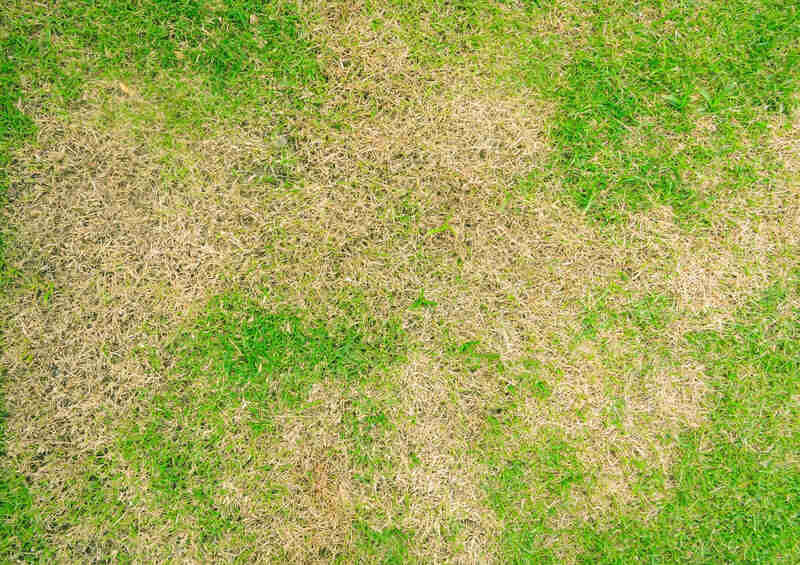
Grass seed has more chances to germinate and sod to make healthy roots if you plant grass when the weather is just warm enough (65 degrees to 75 degrees Fahrenheit for warm-season grasses and 50 degrees to 65 degrees Fahrenheit for cool-season grasses).
Here are the basic steps to follow:
- Prepare the area. Loosen the soil with a rake or a garden fork 3 to 6 inches deep. Add a mix of sand and topsoil to level the ground in ruts and low spots.
- Plant the grass. Spread new grass seed or install sod if the bare spot is large enough. Rake the seed into the soil for good seed-to-soil contact. Give the sod a light tamp for good root-to-soil contact.
- Lightly fertilize. Apply a small amount of starter fertilizer following the package indications.
- Proper watering is essential. Don’t allow the top 2-3 inches of soil to dry out during the first two weeks. If it doesn’t rain, water in small amounts one or more times a day until the seed germinates or sod establishes roots (if you try to pull the grass, it resists).
Read these guides for more in-depth information on planting grass:
- “How to Prepare Your Lawn for Aeration and Overseeding”
- “How Often to Water Grass Seed”
- “How to Lay Sod: A Step-by-Step Guide”
Note: No need to reseed? Apply a pre-emergent herbicide in early spring to nip the weeds in the bud.
Common Winter Damage Repairs
Snow Mold Damage Repairs
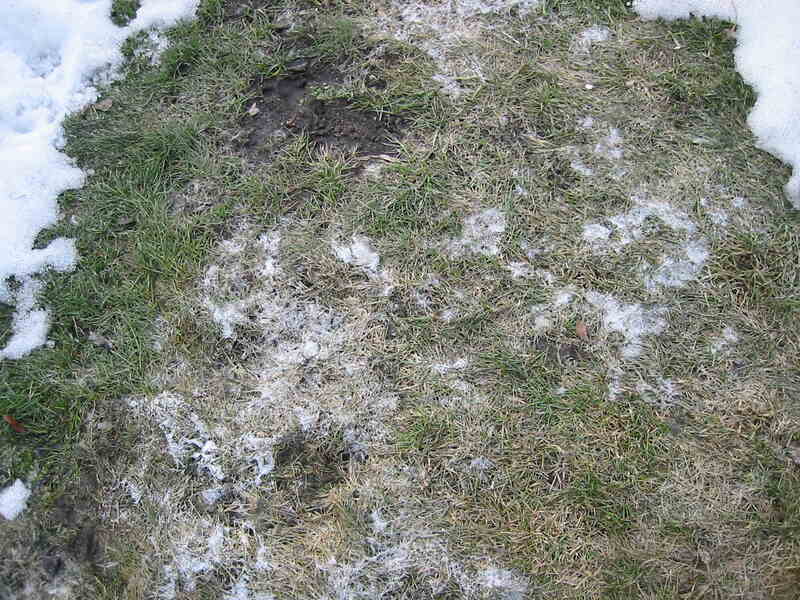
Snow mold is a winter fungal disease that causes the lawn to have a pinkish (pink snow mold) or grayish (gray snow mold) tint. If your lawn was infested in winter, come spring and snowmelt, you’ll see circular patches of matted, discolored grass, like a dog’s wet fur, spreading on your lawn.
“In most cases, simply raking out matted turf areas will open up the grass canopy, increase air circulation, and allow the grass to begin recovering. No fungicide applications are recommended,” says Sarah Browning, extension educator for the University of Nebraska-Lincoln Extension.
Turfgrass will regrow naturally as the weather warms up. However, areas heavily affected by snow mold can benefit from light overseeding.
See related story: “How to Get Rid of Snow Mold”
Vole Damage Repairs
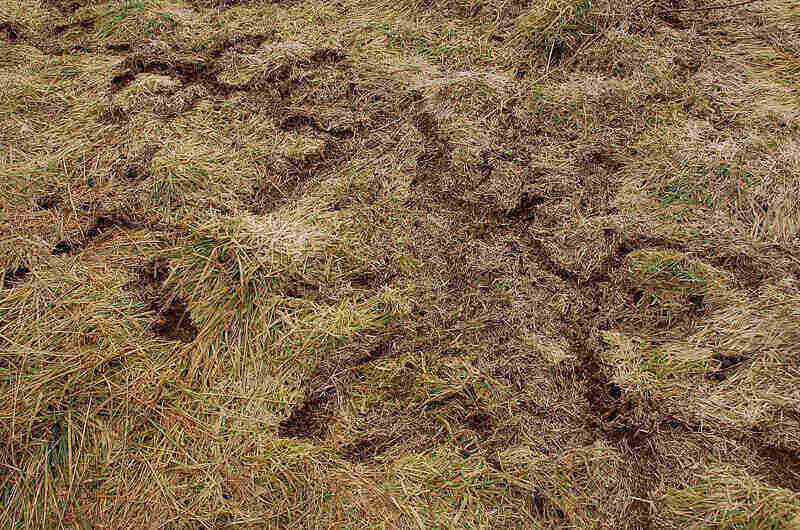
Voles are small rodents that use the snow cover to hide from predators. They munch on grass blades, creating surface tunnels visible on your lawn after snowmelt.
“Practices that can encourage rapid recovery include thorough raking (especially to remove accumulated excrement) and a light application of fertilizer,” says Jason Lanier, extension specialist at the University of Massachusetts.
He advises overseeding with a compatible mix of grass if you want to be sure the turf will look thick in the summer or if the area doesn’t seem to recover acceptably.
See related story: “How to Get Rid of Voles”
Rock Salt Damage Repairs
Salt used during the winter to de-ice the access routes often leaches into the lawn, damaging the grass. Maggie Reiter, an extension educator at the University of Minnesota, says salt contamination leads to straw-colored grass next to sidewalks, driveways, and streets.
“Damage will appear as a gradient with more intense damage at the edge of the hardscape and lessening damage toward the center of the lawn.”
To repair salt damage, spread gypsum over the affected areas and irrigate with plenty of water. If the grass is dead, add some peat or topsoil and reseed. Consider more salt-tolerant grasses such as Bermuda or perennial ryegrass.
See related story: “Reducing Plant Damage from Road Rock Salt”
Frost Damage Repairs
The brown patches on your lawn might be caused by something as simple as freezing temperatures that caught your grass unprepared. If frost has done a number on your lawn during the winter, in early spring, you’ll see patches of wilted, yellow, and brown grass and areas where the grass grows slower or not at all.
To repair the damage, rake the dead grass and reseed the area. Consider planting turf types with better cold tolerance, such as Kentucky bluegrass or creeping bentgrass.
FAQ About Winter Damage Repairs
How Do You Prevent Winterkill?
To prevent winterkill, you need to prepare the lawn for winter properly:
- Mow the grass until it stops growing
- Don’t apply high nitrogen fertilizer mid to late fall
- Remove fallen leaves and other debris
- Repair low spots and soil drainage
Does Grass Recover After Frost Damage?
It depends. If it’s only the leaves that are frozen and the crown is alive, then grass is alive and recovers in the spring. If the crown is frozen, the plant is dead and needs to be replaced.
When to Call a Lawn Care Pro
If your lawn’s after-winter look has you worried, relax. A LawnStarter pro near you can get your grass healthy and green again, and take care of the daunting lawn care tasks from mowing to fertilizing and removing that thick thatch layer.
Sources:
- Browning, S. (n.d.) Lawn Tips for Late Winter. University of Nebraska-Lincoln. https://extension.unl.edu/statewide/cass/lawn-tips-for-late-winter-sarah-browning/
- Daniel, K. (2020, December). Alleviating Landscape Soils with High Salt Concentrations. Landscape Report. Purdue University. https://www.purduelandscapereport.org/article/3557/
- Lanier, J.D. (2011, March). Vole Damage to Lawns. University of Massachusetts. https://ag.umass.edu/turf/fact-sheets/vole-damage-to-lawns
- Reiter, M. (2021, March 10).What does winter injury look like on your lawn? University of Minnesota Extension. https://extension.umn.edu/yard-and-garden-news/what-does-winter-injury-look-your-lawn
- University of Massachusetts Amherst. (2011, May). What’s Wrong With My Lawn? https://ag.umass.edu/turf/fact-sheets/whats-wrong-with-my-lawn
Main Photo Credit: FelixMittermeier / Pixabay / License


